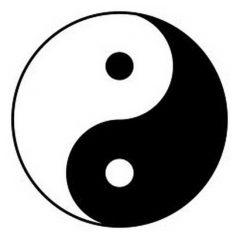Pablo Dorta-González and Yolanda Santana-Jiménez have self-archived "Prevalence and Citation Advantage of Gold Open Access n the Subject Areas of the Scopus Database."
Here's an excerpt:
In the present paper, an analysis of gold OA from across all areas of research -the 27 subject areas of the Scopus database- is realized. As a novel contribution, this paper takes a journal-level approach to assessing the OA citation advantage, whereas many others take a paper-level approach. Data were obtained from Scimago Lab, sorted using Scopus database, and tagged as OA/non-OA using the DOAJ list. Jointly with the OA citation advantage, the OA prevalence as well as the differences between access types (OA vs. non-OA) in production and referencing are tested. A total of 3,737 OA journals (16.8%) and 18,485 non-OA journals (83.2%) published in 2015 are considered. As the main conclusion, there is no generalizable gold OA citation advantage at journal level.
Digital Curation and Digital Preservation Works | Open Access Works | Digital Scholarship | Digital Scholarship Sitemap
